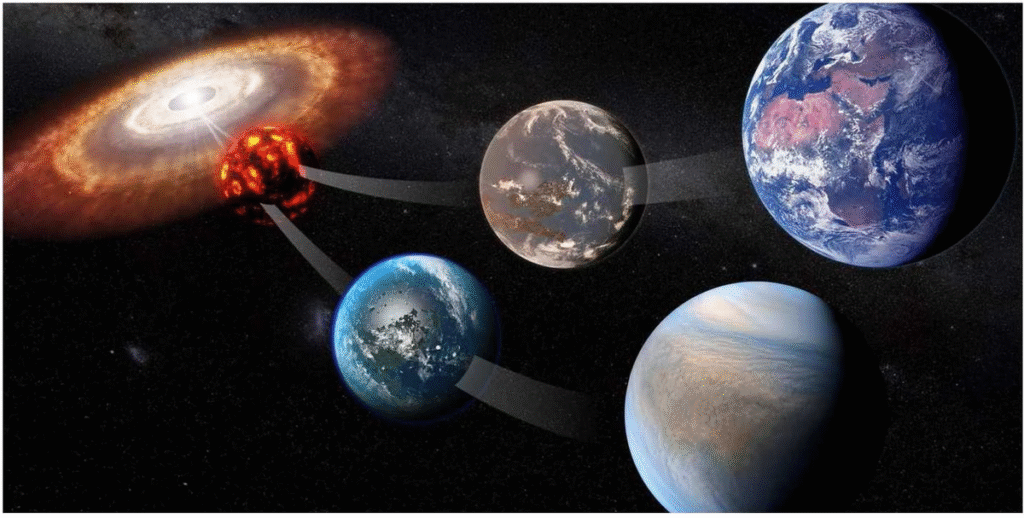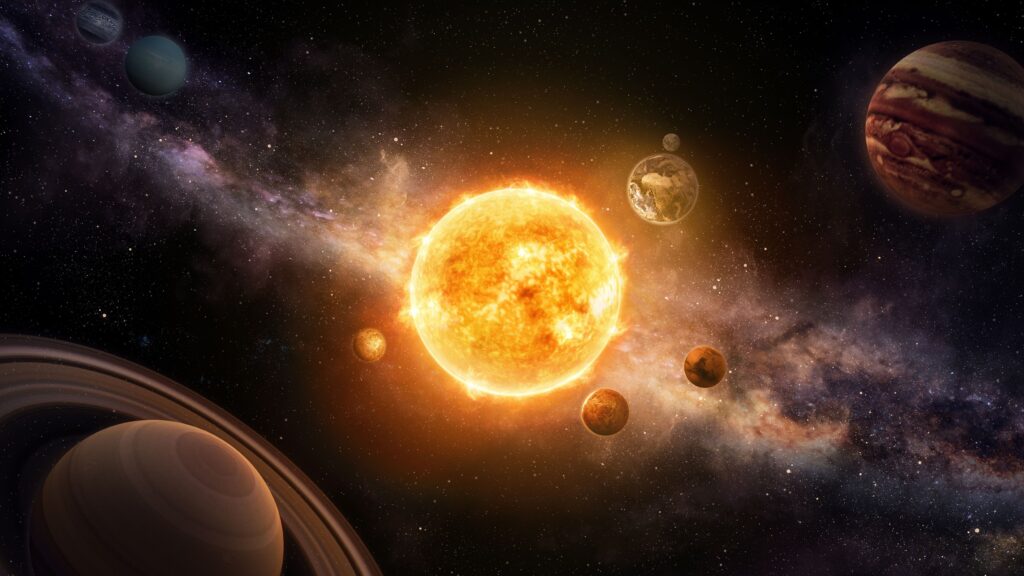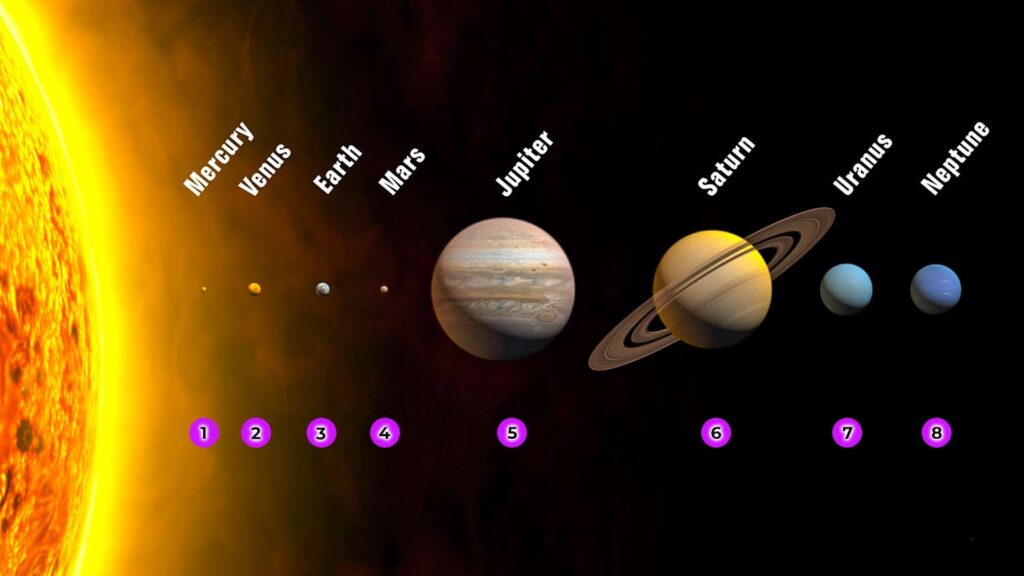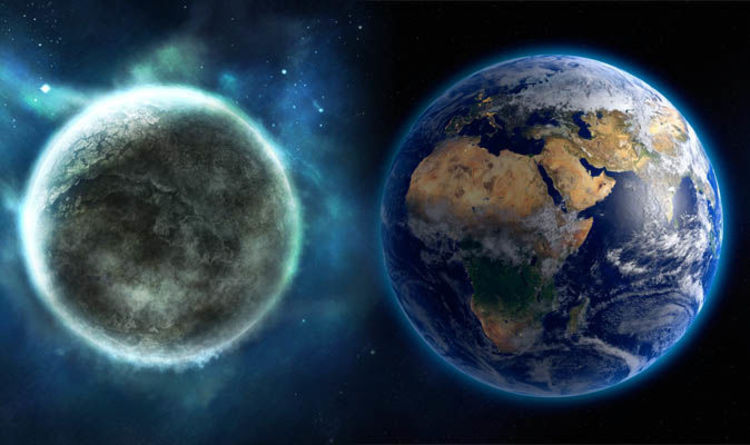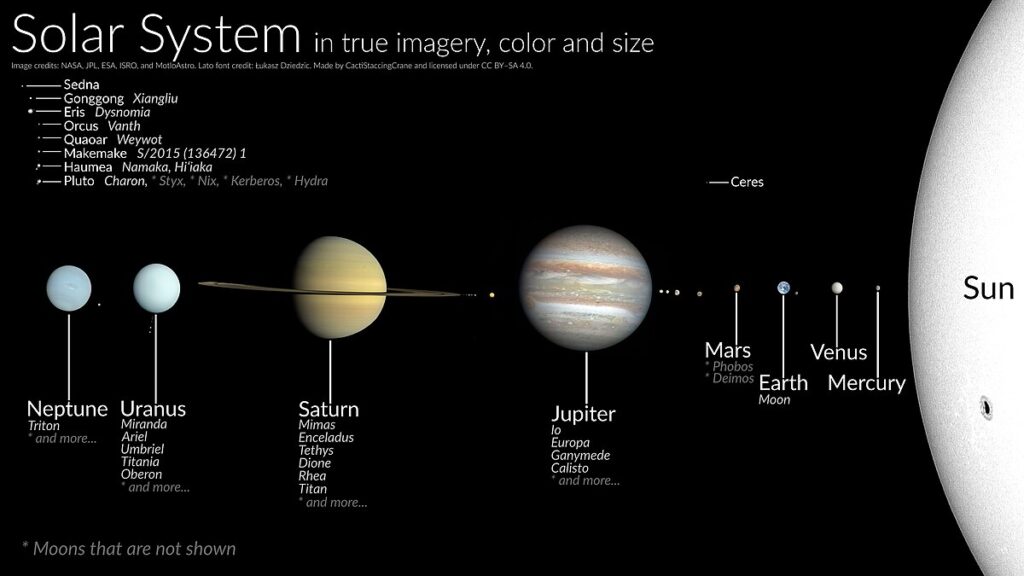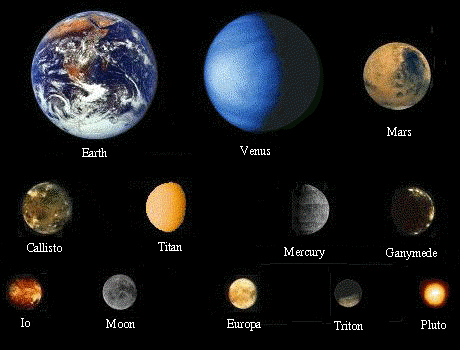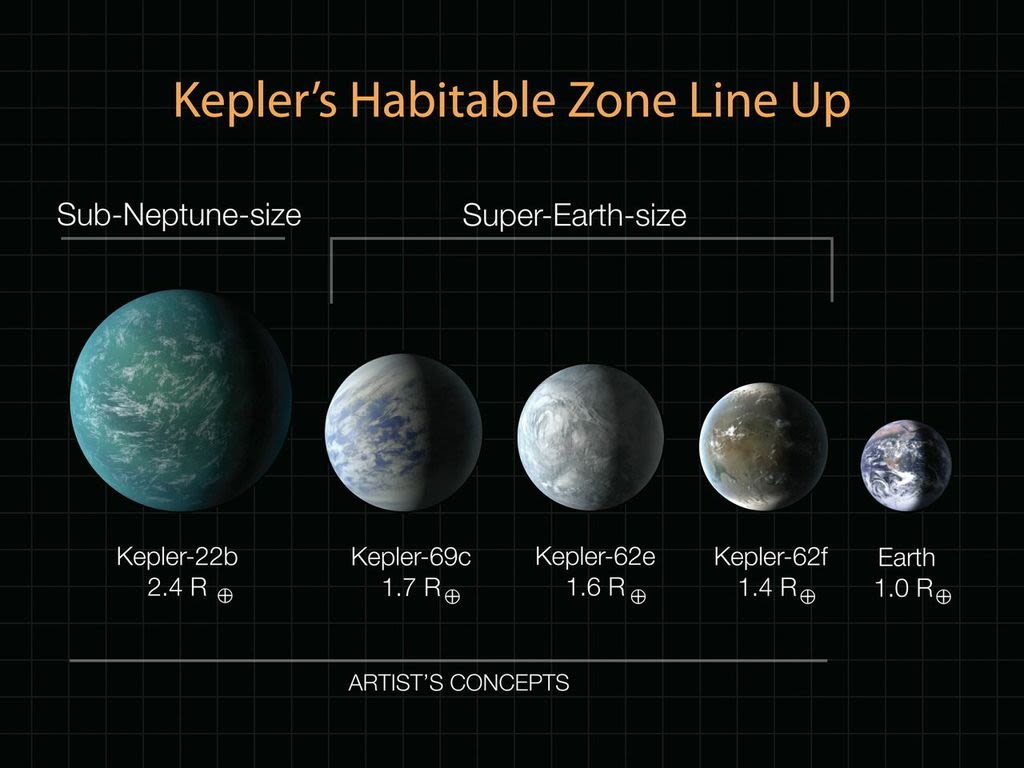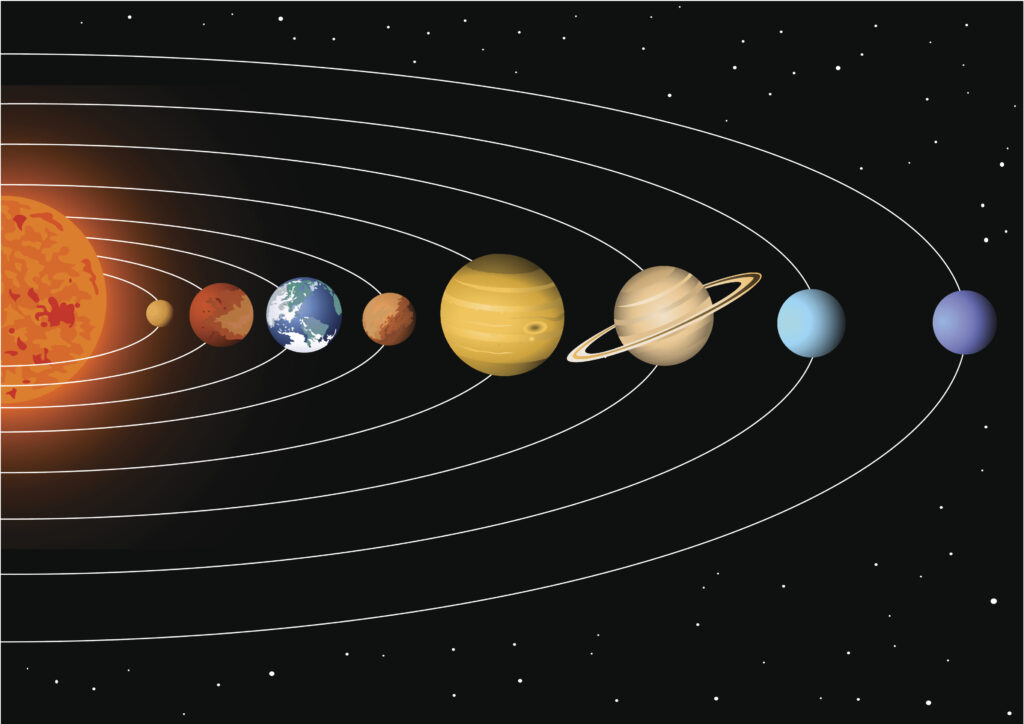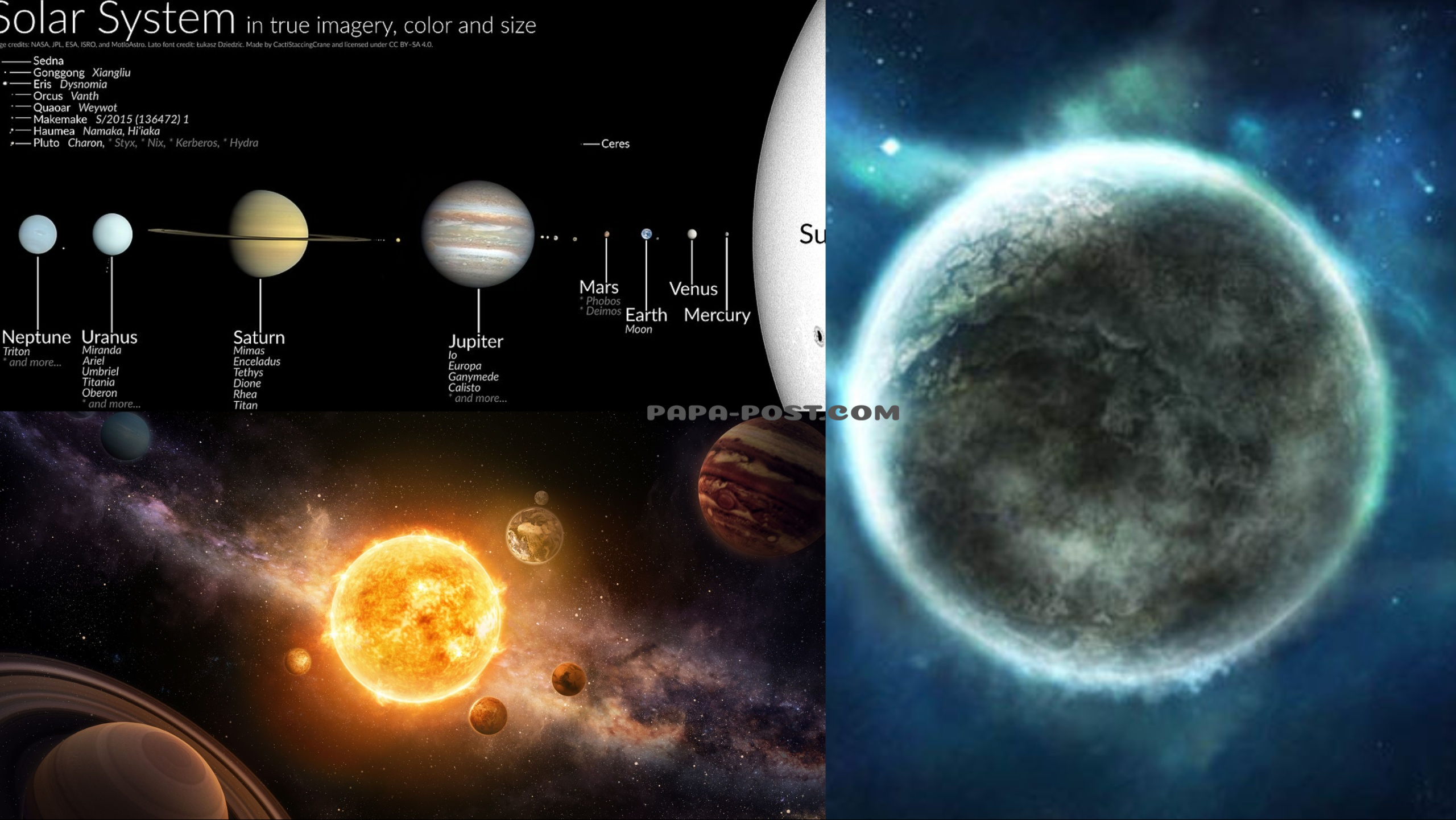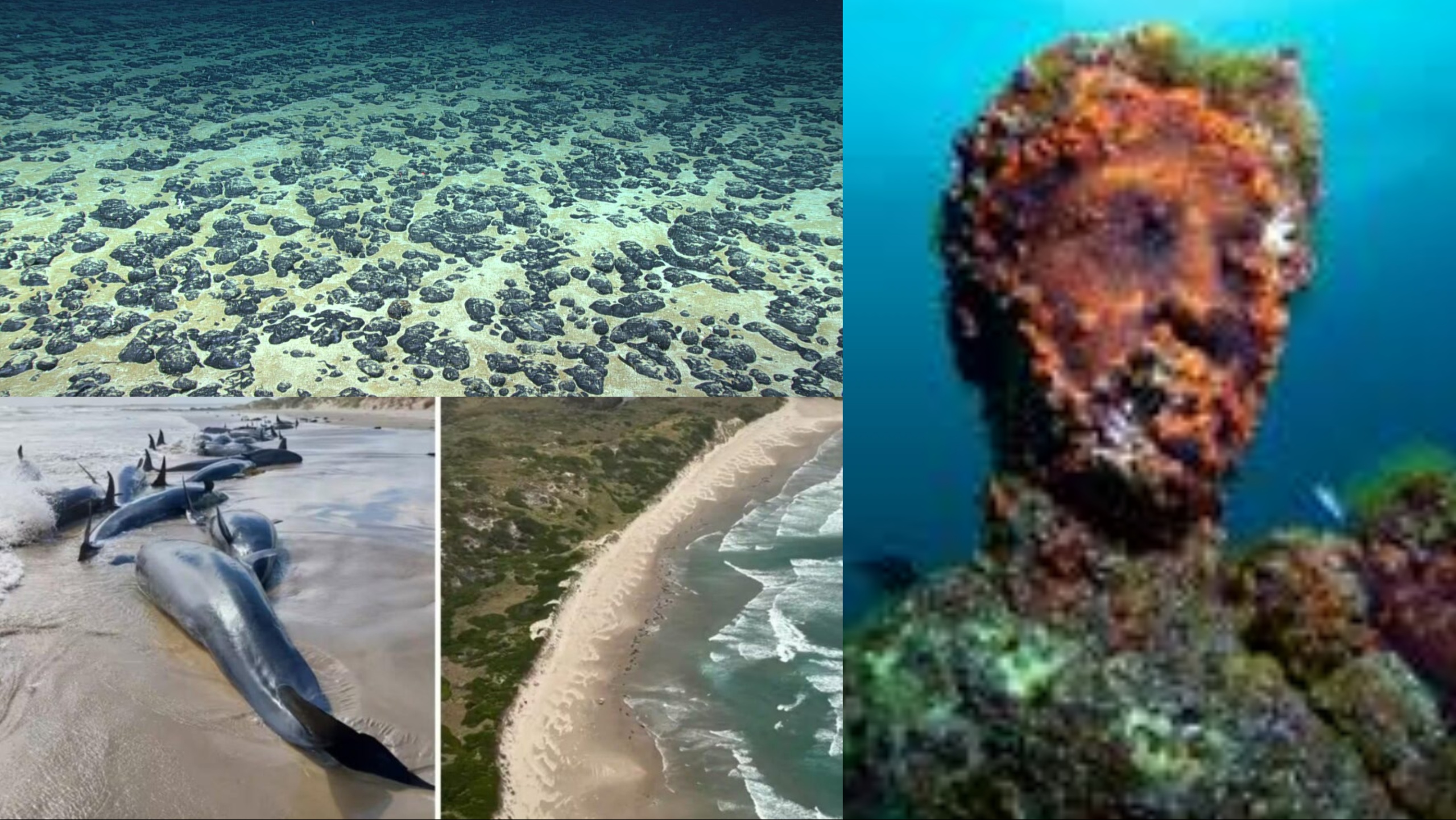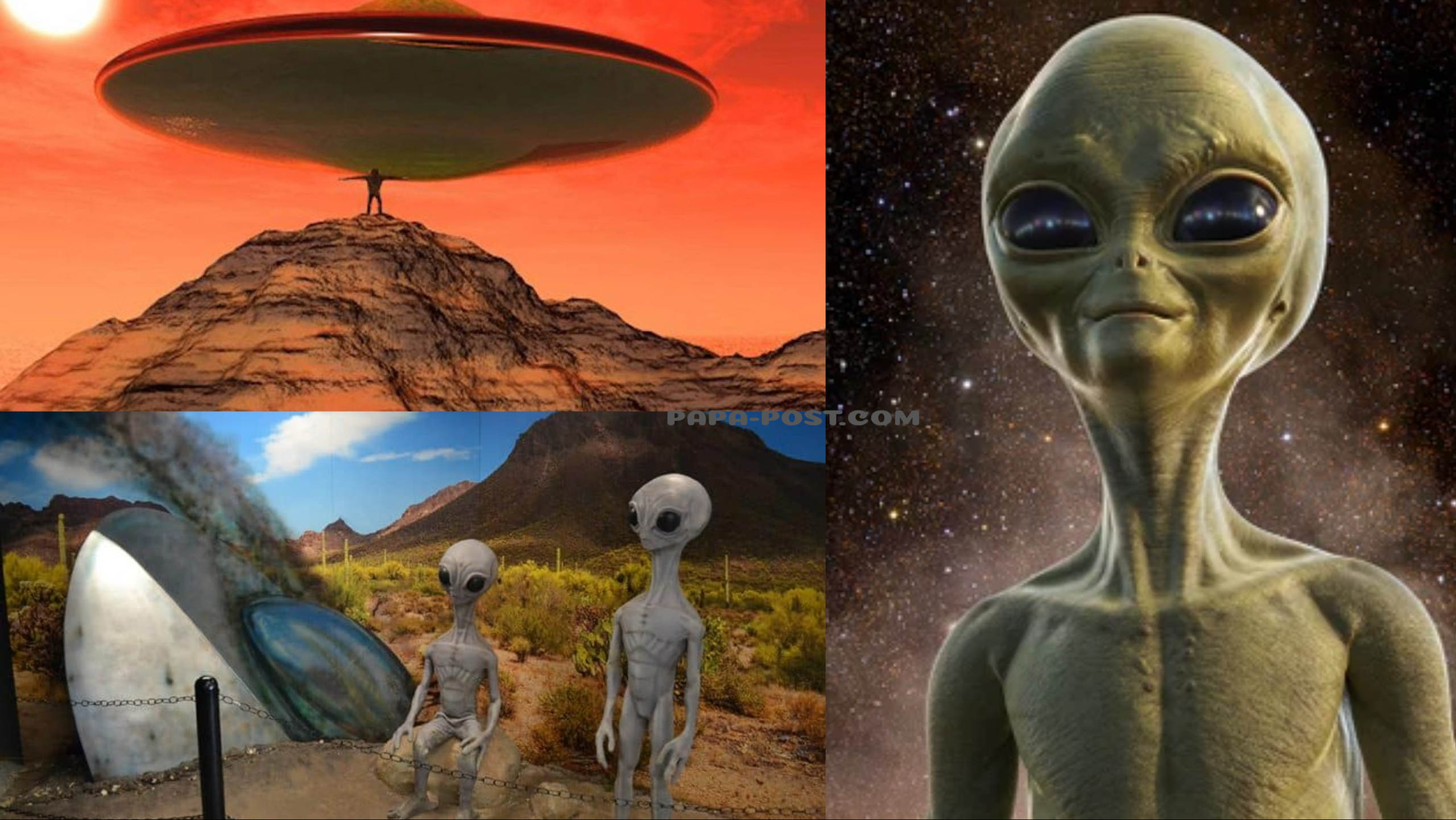Introduction
From ancient stargazers to modern astronomers using space telescopes, the human race has long wondered: Are there other planets beyond Earth? This question has driven centuries of observation, mathematics, and technological innovation. The short answer is: yes—billions of them. But understanding where they are, what they’re made of, and whether they could host life opens the door to some of the deepest and most fascinating fields of science.
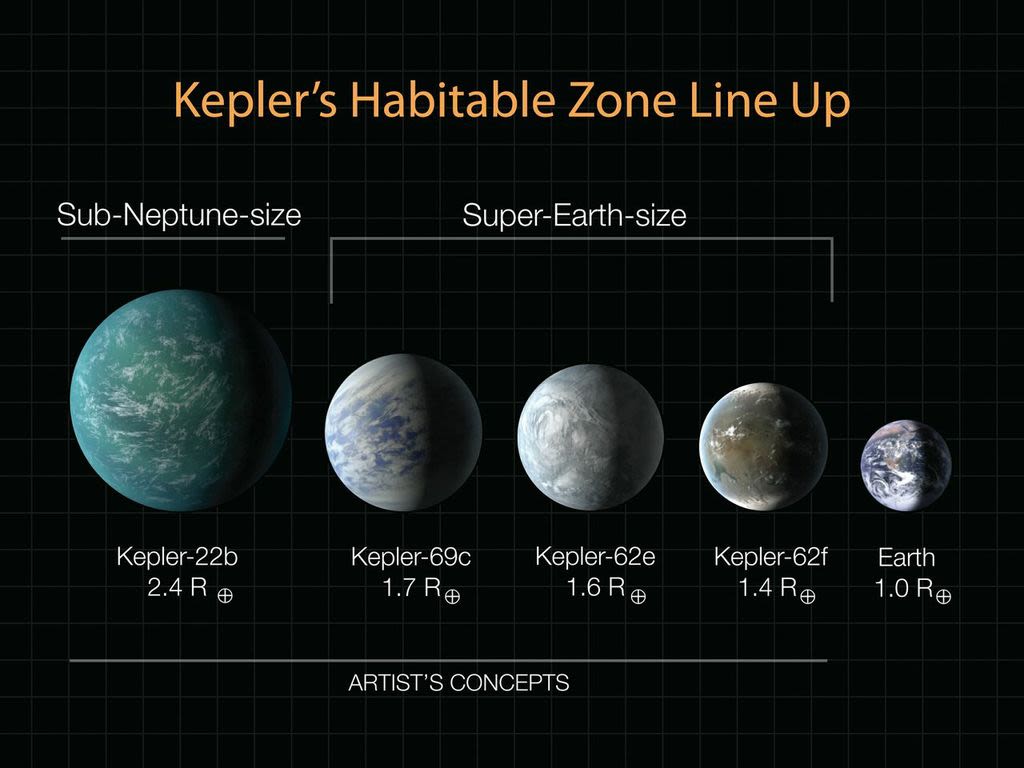
This article explores the planets within our Solar System, the discovery of exoplanets (planets beyond our solar system), the techniques used to find them, and what these findings mean for the future of humanity and our search for life elsewhere in the universe.
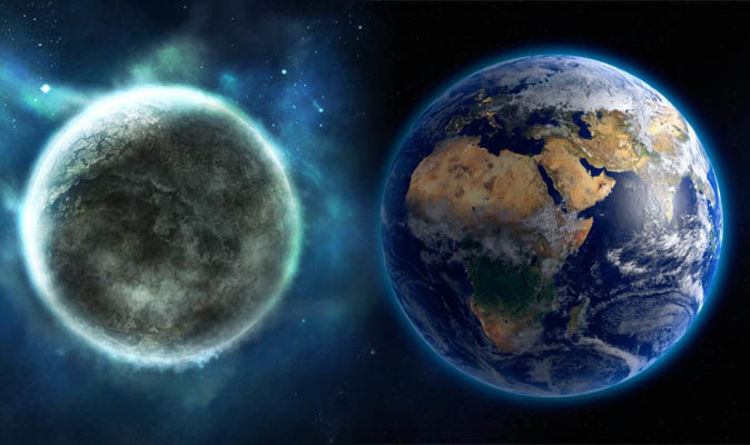
1. Planets in Our Solar System
Let’s begin with the planets we know best—those in our own neighborhood. The Solar System is home to eight official planets:
- Mercury – the smallest and closest to the Sun.
- Venus – similar in size to Earth, but with a toxic atmosphere.
- Earth – the only known planet with life.
- Mars – a cold, desert world that may have had water in the past.
- Jupiter – the largest planet, a gas giant with dozens of moons.
- Saturn – famous for its spectacular rings.
- Uranus – a tilted ice giant with a cold, bluish hue.
- Neptune – the farthest known planet, windy and mysterious.
These planets orbit our Sun and make up just one small example of planetary systems in the universe. Their variety—rocky, gaseous, icy—offers hints about how planets form and evolve.
2. The Historical Journey to Discover Planets
In ancient times, only five planets were visible to the naked eye—Mercury, Venus, Mars, Jupiter, and Saturn. The word “planet” comes from the Greek planētēs, meaning “wanderer,” because these bright objects moved across the sky unlike stars.
With the invention of the telescope in the 17th century, Uranus (1781) and Neptune (1846) were discovered. Pluto, discovered in 1930, was originally considered a planet but was reclassified as a dwarf planet in 2006.
These discoveries revealed that our Solar System is far more complex than early astronomers imagined—and raised the question: if our Sun has planets, might other stars?
3. The Discovery of Exoplanets
The real planetary explosion began in the 1990s with the discovery of exoplanets—planets orbiting stars outside our Solar System.
- 1992: The first exoplanets were discovered around a pulsar (a neutron star).
- 1995: The first planet orbiting a Sun-like star (51 Pegasi b) was detected.
Since then, astronomers have confirmed over 5,500 exoplanets, and thousands more are candidates awaiting verification.
Types of Exoplanets
These planets come in various types:
- Hot Jupiters – massive gas giants orbiting very close to their stars.
- Super-Earths – larger than Earth but smaller than Neptune.
- Mini-Neptunes – smaller gas planets, often with thick atmospheres.
- Earth-like planets – similar in size and temperature to our own world.
4. How Do Scientists Discover Other Planets?
Exoplanets are difficult to observe directly because they are small, faint, and often lost in the glare of their host stars. Scientists have developed indirect methods to find them:
A. Transit Method
This is the most common method. When a planet passes in front of its star (a “transit”), it dims the star’s light slightly. Instruments like NASA’s Kepler Space Telescope and TESS measure this dip.
B. Radial Velocity Method
A star wobbles slightly due to a planet’s gravitational pull. By measuring the changes in the star’s light spectrum, astronomers can detect this wobble.
C. Direct Imaging
In rare cases, astronomers can take direct pictures of planets by blocking the star’s light with special instruments.
D. Gravitational Microlensing
When a planet passes between Earth and a distant star, its gravity bends and magnifies the background star’s light.
Each method has strengths and limitations, but together they’ve given us a remarkably rich picture of the universe’s planetary diversity.
5. Are All Planets the Same?
Absolutely not. Planets vary in size, composition, atmosphere, temperature, and more.
A. Terrestrial Planets
These rocky planets include Earth, Mars, Venus, and Mercury. Many exoplanets have similar characteristics.
B. Gas Giants
Like Jupiter and Saturn, these massive planets are made mostly of hydrogen and helium.
C. Ice Giants
Uranus and Neptune represent this category—rich in water, ammonia, and methane ices.
D. Rogue Planets
Some planets don’t orbit stars at all. They drift alone in space, likely ejected from their systems during formation.
This diversity challenges older models of planetary formation and inspires new ones.
6. Could Other Planets Support Life?
One of the most exciting questions in science is: Are we alone?
To answer this, scientists focus on the habitable zone—the region around a star where temperatures might allow liquid water to exist.
Many exoplanets have been found in this zone, such as:
- Kepler-186f – an Earth-sized planet in the habitable zone of a red dwarf.
- TRAPPIST-1 system – a red dwarf with seven Earth-sized planets, three in the habitable zone.
- Proxima Centauri b – orbiting the closest star to our Sun.
However, being in the habitable zone doesn’t guarantee life. Atmosphere, magnetic field, radiation, and chemical composition also matter.
Future missions like James Webb Space Telescope (JWST) and LUVOIR aim to analyze exoplanet atmospheres for gases like oxygen, methane, and carbon dioxide that might indicate biological activity.
7. The Search for a Second Earth
Finding an Earth 2.0 is one of the main goals of modern astronomy. Several missions are actively hunting such planets:
- TESS (Transiting Exoplanet Survey Satellite) – scanning the whole sky for exoplanets.
- JWST (James Webb Space Telescope) – launched in 2021, it’s already peering into the atmospheres of distant worlds.
- PLATO (ESA mission, launching in 2026) – will search for Earth-like planets around Sun-like stars.
- ARIEL – aims to study the atmospheres of 1,000 exoplanets.
These missions may one day give us the first solid evidence of alien life—or at least, a world that could support it.
8. Philosophical and Cultural Impacts
The knowledge that other planets exist—and might host life—has profound implications.
A. Our Place in the Universe
Once we believed Earth was the center of creation. Now we know it’s one planet among billions, orbiting a typical star in a typical galaxy.
B. Religion and Meaning
The discovery of alien life would deeply impact theology and philosophy. Are we unique? Are we one of many creations?
C. Human Exploration
Other planets stir dreams of colonization. Mars is a first target, but far-off exoplanets might one day be reachable through advanced propulsion.
9. Challenges to Reaching Other Planets
Even if we find an Earth-like planet, reaching it is another story.
- Distance: The closest star system, Alpha Centauri, is over 4 light-years away.
- Speed: With current technology, it would take tens of thousands of years to reach even the nearest exoplanet.
Still, theoretical projects like Breakthrough Starshot propose using light sails pushed by lasers to reach other star systems within decades.
10. The Future of Planetary Science
Planetary science is evolving rapidly. Future directions include:
- Atmospheric biosignatures: Studying the chemical fingerprints of alien skies.
- Artificial intelligence: Helping to sift through data for hidden planets.
- Multi-wavelength observations: From radio to X-rays, analyzing every aspect of exoplanet systems.
- Citizen science: Projects like Planet Hunters allow the public to assist in discovering new worlds.
The more we look, the more we find. It’s increasingly clear that planets are the rule, not the exception.
Conclusion
So, are there other planets? The answer is an overwhelming yes. Our Solar System is just one among countless planetary systems in the cosmos. With thousands of confirmed exoplanets and billions more waiting to be discovered, the universe is rich with possibilities.
Some of these planets may be like Earth, others wildly different. Some may support life, while many remain barren. But every discovery brings us closer to understanding our origins, our uniqueness—or our commonality—with life elsewhere.
The age-old question—Are we alone?—now has context. The journey to answer it has just begun.
